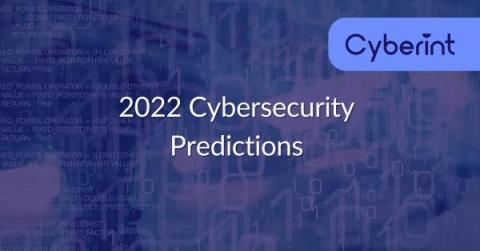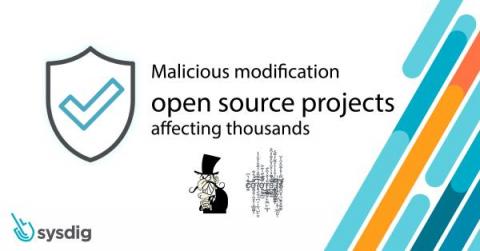5 bad business results from invalid traffic
Bots are rampant across the web – in fact, around 50% of all web traffic is automated or invalid, i.e., doesn’t come from a real user with genuine interest. While some of this traffic is good and useful, for example, search engine crawlers and content aggregators, a high percentage is malicious. Hosting bad bots on your server can result in a plethora of problems for your website and business, from damage to your brand reputation to excessive financial and technical costs.










